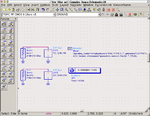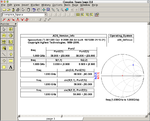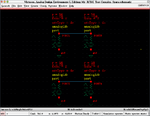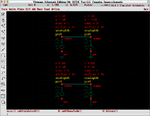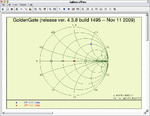SDRookie
Junior Member level 2

I have a question about the conjugate matching.
When we calculate the reflection coefficient of the circuit, we use Γ=(ZL-Zg)/(ZL+Zg).
What if Zg is conjugate matching we ZL which means Zg=ZL*, and Zg=R+jX, ZL=R-jX?
The Γ is not 0.
I think the conjugate matching make sure that there is no power reflect back to source generator so the Γ should be 0. I know why we need the conjuagate matching. All I need is to solve this math problem.
Thanks
When we calculate the reflection coefficient of the circuit, we use Γ=(ZL-Zg)/(ZL+Zg).
What if Zg is conjugate matching we ZL which means Zg=ZL*, and Zg=R+jX, ZL=R-jX?
The Γ is not 0.
I think the conjugate matching make sure that there is no power reflect back to source generator so the Γ should be 0. I know why we need the conjuagate matching. All I need is to solve this math problem.
Thanks





